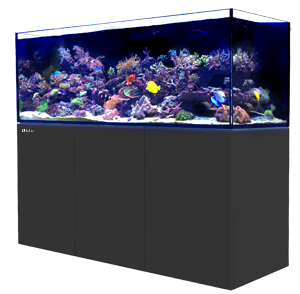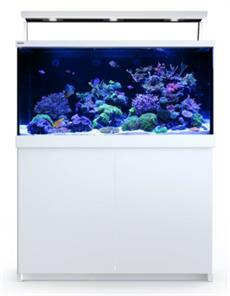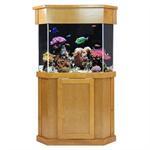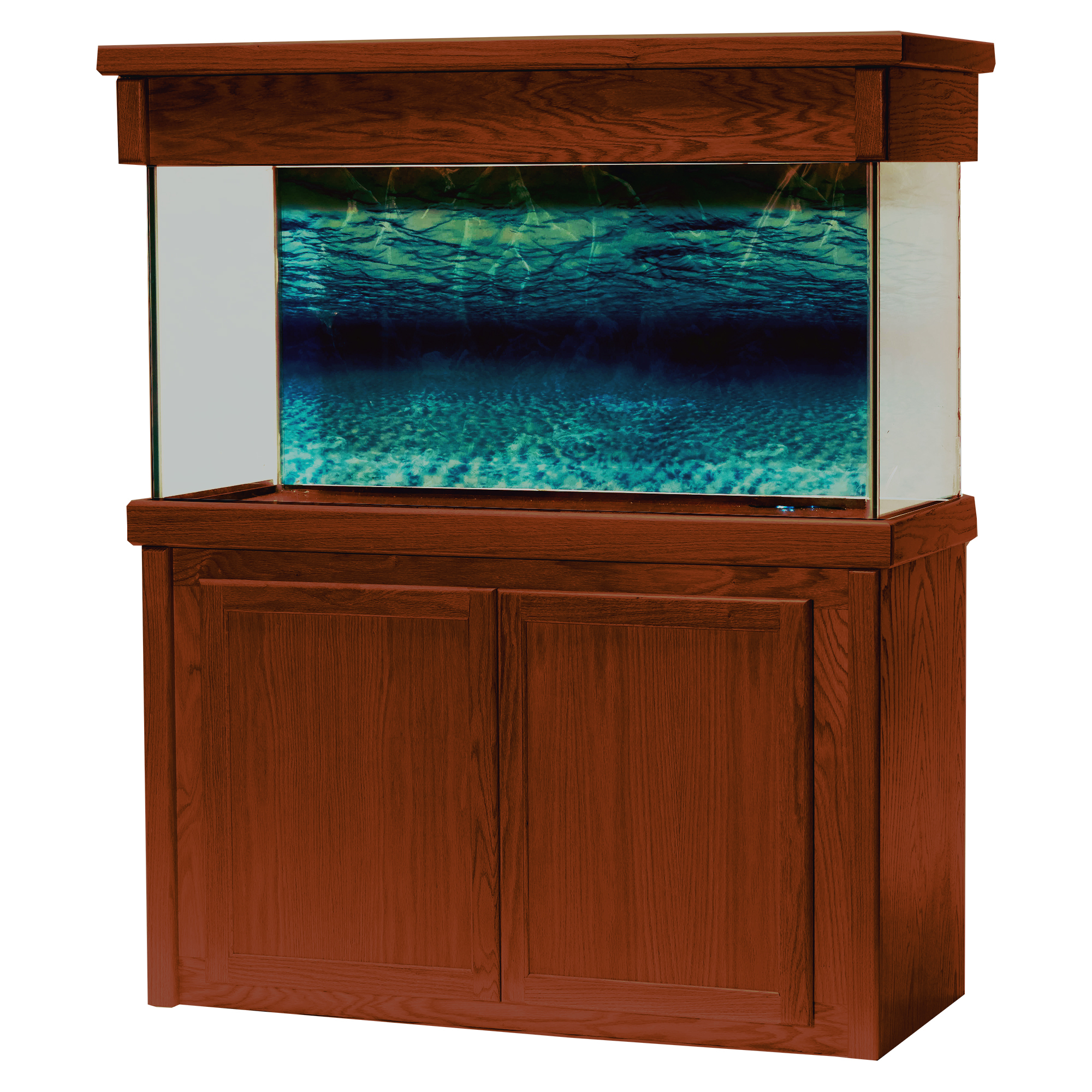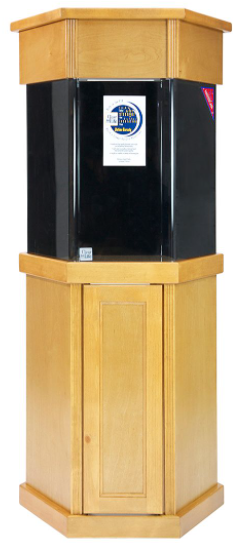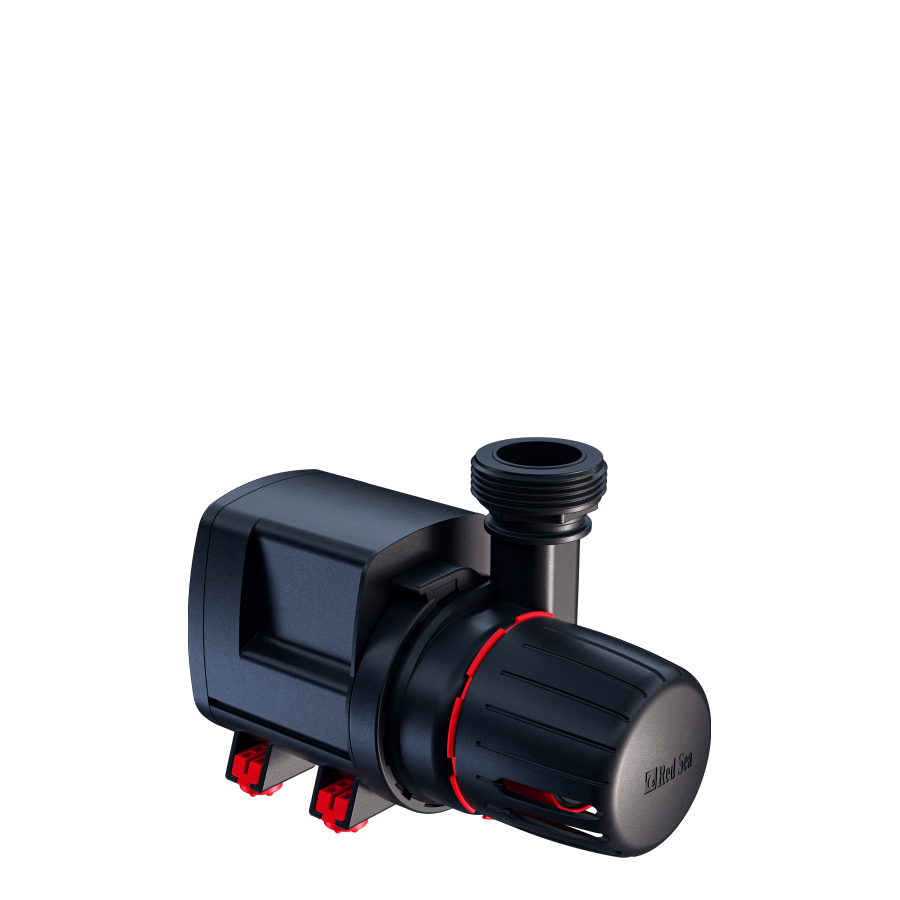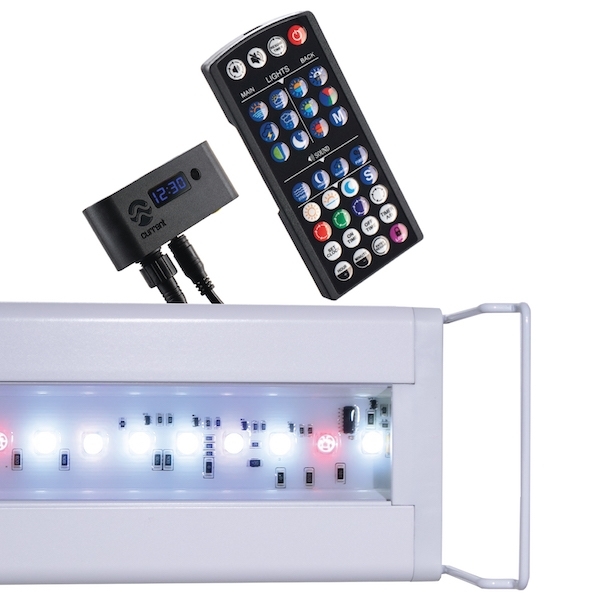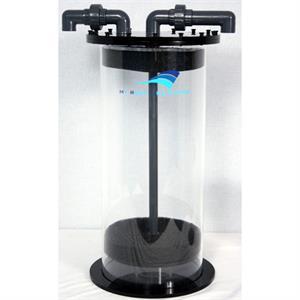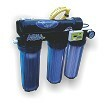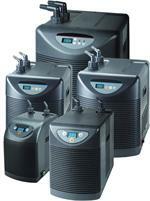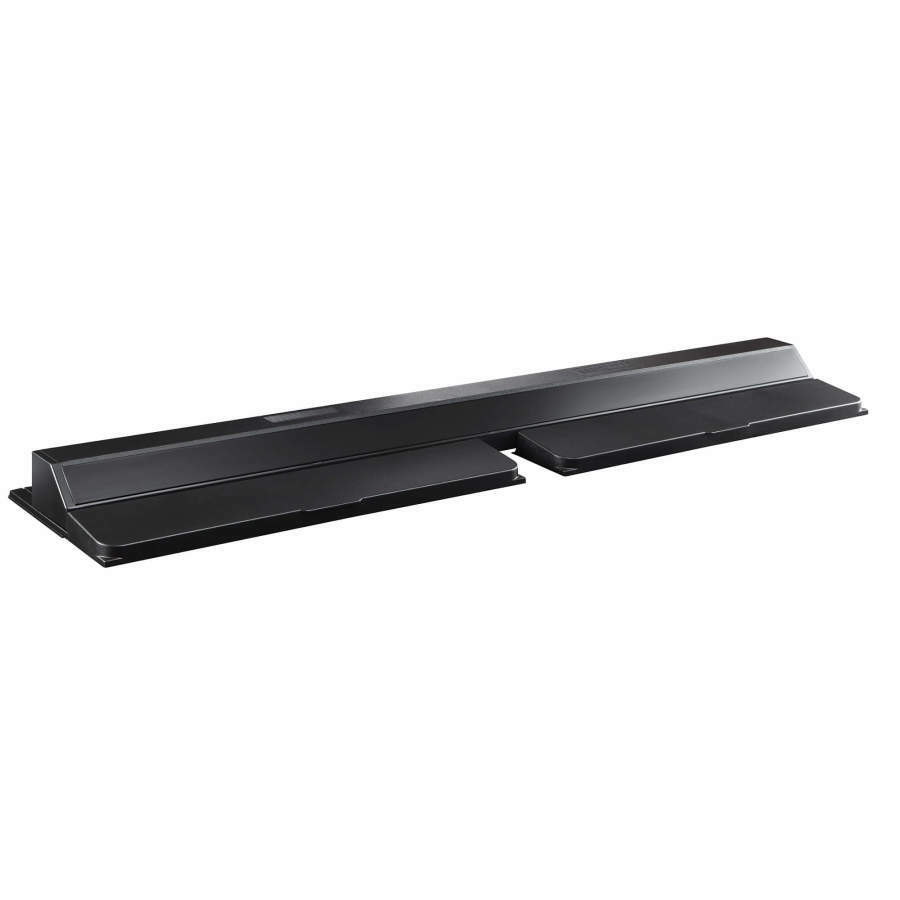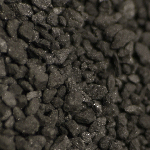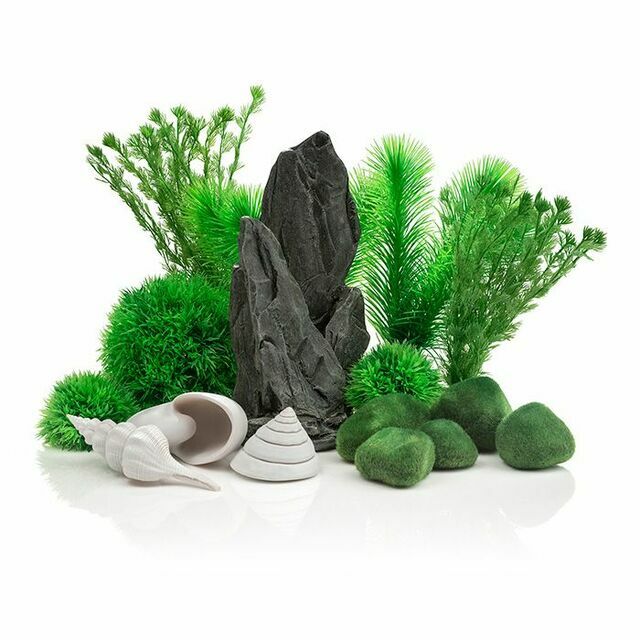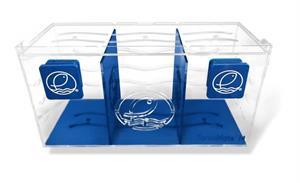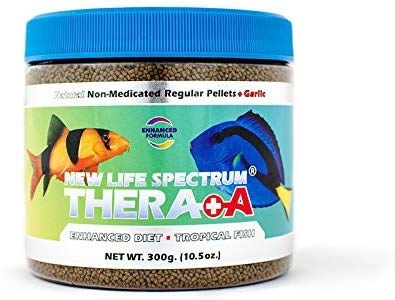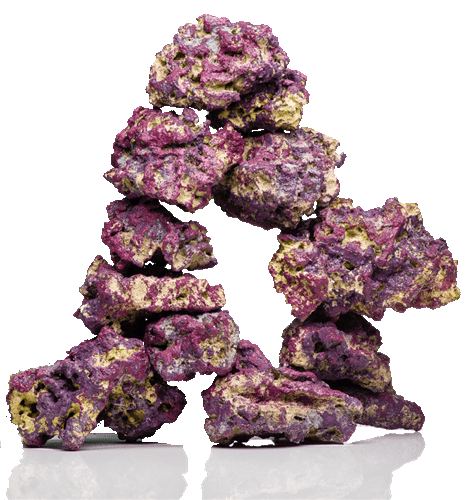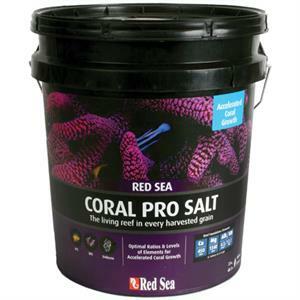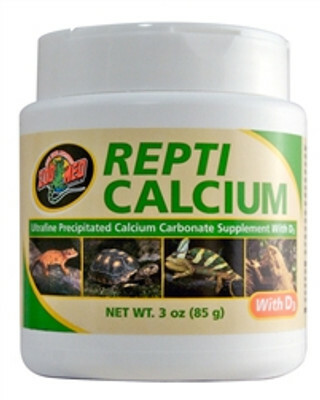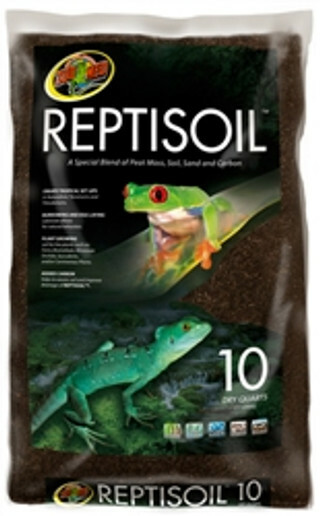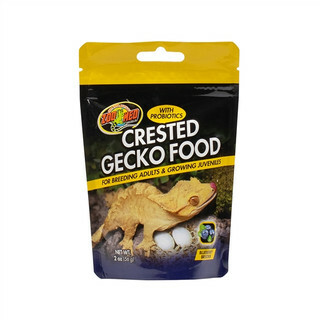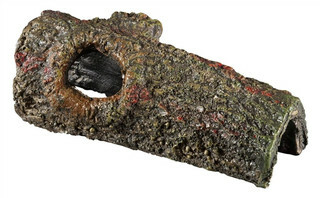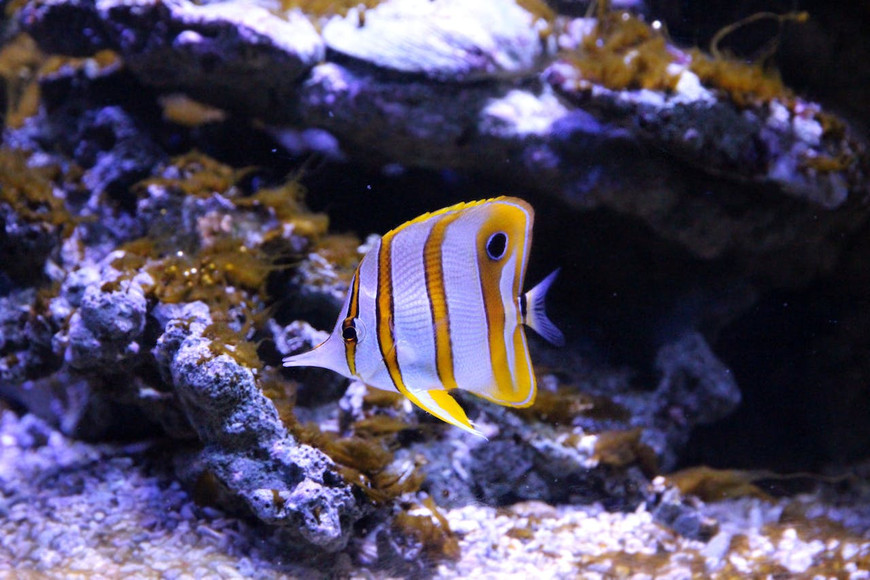The Art of Aquascaping: Design Principles and Techniques for Freshwater and Saltwater Aquariums
Fish Tanks Firect on Nov 1st 2023
Creating a breathtaking and tranquil underwater environment in your home is both an art and a science, known as aquascaping. Whether you own a freshwater fish tank or a saltwater aquarium, the aesthetics and design of your aquatic haven greatly contribute to its overall appeal and the well-being of its inhabitants. Mastering the art of aquascaping can elevate your aquarium from a simple container of underwater life to a mesmerizing aquatic realm that provides endless hours of relaxation and enjoyment for both you and your guests.
In this guide, we will begin by discussing the basic elements of design in aquascaping, including the role of proportion, balance, and focal points. After establishing a solid design foundation, we will delve into specific aquascaping styles and techniques employed by successful hobbyists and professionals in both freshwater and saltwater environments. Finally, you will learn practical tips on selecting suitable hardscape materials, such as rocks, driftwood, and substrate options, as well as guidelines for choosing and arranging aquatic plants and corals that enhance the beauty and health of your aquarium.
Understanding Basic Aquascaping Design Principles
Before delving into specific aquascaping styles and techniques, consider these fundamental design principles:
1. Proportion: A balanced and visually appealing aquarium relies on proper proportioning. Adhering to the well-known golden ratio (1:1.618) helps create an ideal balance between different elements within an aquarium. Divide your tank into sections following this proportion, and place your primary focal point where the lines intersect.
2. Balance: Achieve balance in your aquascape by considering the visual weight of different elements, such as hardscape materials, plants, and corals. While perfect symmetry can appear unnatural, strive for a sense of equilibrium in your composition.
3. Focal Points: Creating one or more focal points will draw the viewer's attention and enhance the overall impact of your aquascape. Focal points can be an impressive piece of hardscape or a striking arrangement of plants or corals.
4. Negative Space: Incorporate open areas or "negative space" into your design to create a sense of depth and prevent your aquascape from appearing overcrowded.
Exploring Aquascaping Styles
Aquascaping encompasses several distinct styles, each with its unique characteristics and techniques. Some popular styles include:
1. Nature-style Aquascaping: Popularized by renowned aquarist Takashi Amano, the nature-style focuses on seamlessly blending the aquatic environment with natural surroundings. This style emphasizes the harmony between plants and fish, incorporating elements such as rocks, wood, and a well-planned plant arrangement to mimic natural landscapes.
2. Iwagumi Aquascaping: A minimalist and elegant offshoot of the nature-style, Iwagumi aquascaping is rooted in Japanese rock gardens and involves carefully selected rocks arranged according to specific rules. Typically, an odd number of rocks are used, with one being dominant, and carpeting plants complete the clean, simple layout.
3. Dutch Aquascaping: Originating in the Netherlands, the Dutch aquascaping style is characterized by dense, richly-colored aquatic plant arrangements, often organized in rows or borders. Contrasting colors, textures, and leaf shapes create striking visual impact, while open spaces are used to create a sense of depth.
4. Reef Aquascaping: A popular style for saltwater tanks, reef aquascaping showcases the incredible biodiversity of coral reefs in a captivating underwater landscape. Live rock is meticulously arranged to support coral growth and create hiding places for fish, while open spaces maintain water flow and prevent overcrowding.
Selecting and Arranging Hardscape Materials
The foundation of every successful aquascape is the hardscape, which consists of rocks, driftwood, and other inorganic materials. Consider these tips when selecting and arranging hardscape materials:
1. Rocks: Choose rocks that provide visual interest and complement your chosen aquascaping style. Popular selections include Seiryu stone for Iwagumi designs and Dragon stone for nature-style layouts. Consider the size and shape of your tank when selecting the appropriate rock size and quantity.
2. Driftwood: Driftwood adds a touch of natural elegance to an aquarium and can serve as a centerpiece or support for plants. Malaysian driftwood and Spiderwood are popular choices due to their unique shapes and compatibility with aquatic environments.
3. Substrate: Select an appropriate substrate for both aesthetic and functional purposes. Sand and fine gravel are popular choices for freshwater tanks, while crushed coral or aragonite works well for saltwater aquariums.
4. Composition: Arrange your hardscape materials to create depth and intrigue in your aquascape. Experiment with different positions and angles, and don't be afraid to rearrange until you're satisfied with the overall look.
Choosing Aquatic Plants and Corals
Select and arrange plants and corals in your aquascape with these guidelines in mind:
1. Functions: Choose plants and corals that not only enhance the overall design but also provide shelter, oxygen, and nutrient absorption for a healthy aquarium ecosystem.
2. Compatibility: Ensure the plants and corals are compatible with one another and with your fish species, taking factors like growth rate, size, water parameters, and lighting requirements into account.
3. Composition: Arrange your plants and corals to emphasize focal points, create a sense of depth, and provide visual contrast with your hardscape.
Conclusion
Mastering the art of aquascaping requires patience, creativity, and a keen eye for design. By understanding fundamental principles, exploring various styles, and selecting appropriate materials and aquatic life, you can create a captivating underwater haven that showcases your personal style and passion for aquariums. Remember that aquascaping is an ongoing journey of learning and experimentation, and with practice and perseverance, you can achieve an extraordinary aquatic realm that captivates and enchants all who encounter it.
Are you ready to transform your aquarium into a captivating underwater haven and unleash your creativity? At Fish Tanks Direct, we offer a vast selection of freshwater and saltwater aquariums, accessories, and aquascaping materials to help you achieve your vision. Whether you're a beginner or an experienced aquascaper, we have everything you need to unleash your creativity and transform your aquarium into a captivating underwater haven. Begin your aquascaping adventure by browsing our diverse collection today!

